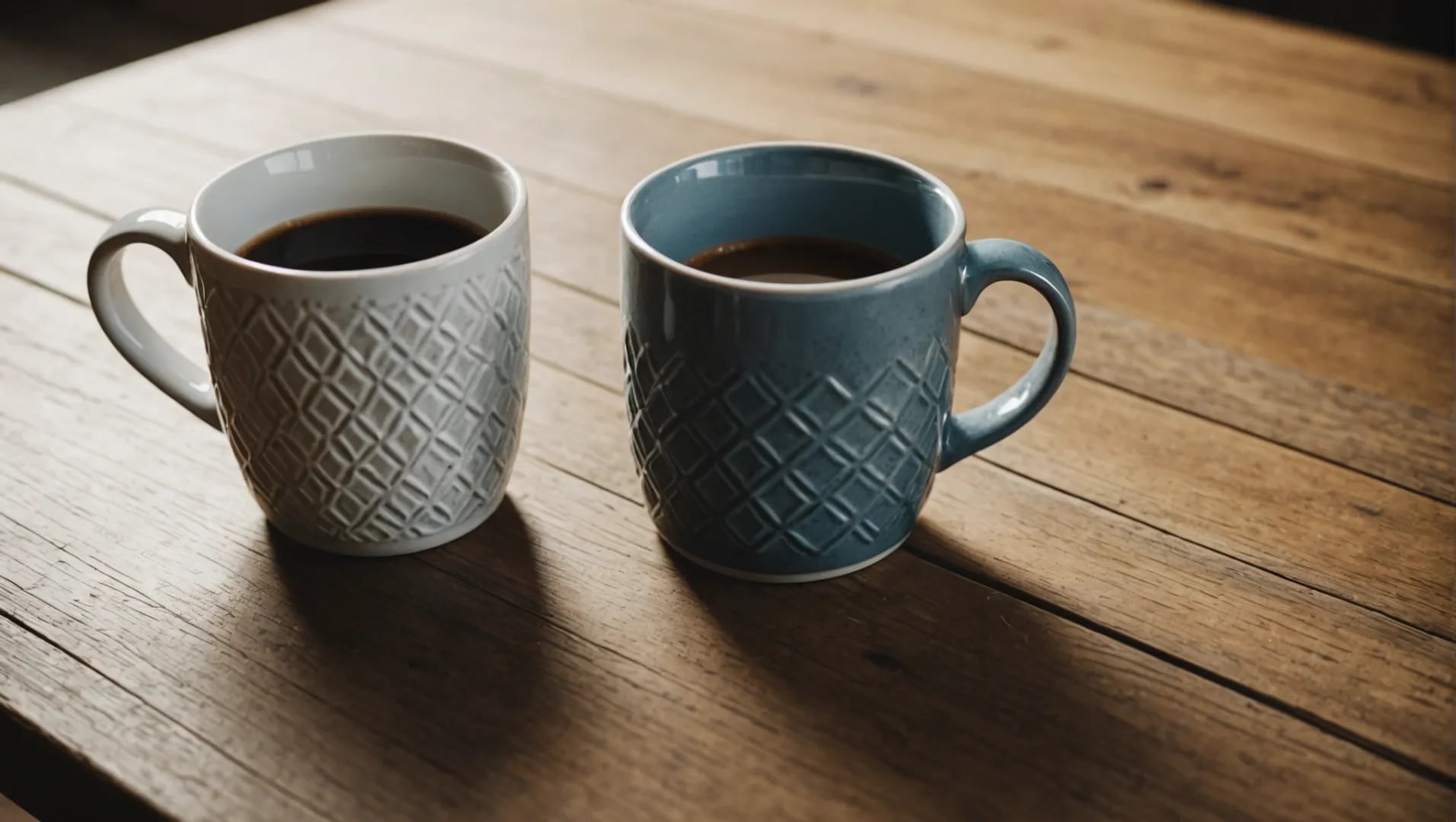
Ceramic coffee mugs are more than just vessels; they are an integral part of the coffee experience.
The best material for making ceramic coffee mugs largely depends on your preferences: porcelain offers a delicate, elegant feel with excellent heat retention, while stoneware provides durability and a rustic charm. Both are safe, versatile, and can be beautifully crafted.
While porcelain and stoneware are popular choices, understanding their distinct properties will help you select the perfect mug for your needs. Let’s delve deeper into what each material offers and how they compare in terms of functionality and aesthetics.
Stoneware is more durable than porcelain mugs.True
Stoneware's denser structure makes it resistant to chipping and cracking.
How Does Porcelain Compare to Stoneware?
Choosing between porcelain and stoneware can be challenging, as both have unique qualities and appeal to different tastes.
Porcelain is often prized for its refined elegance and translucency, while stoneware is valued for its robustness and rustic appeal. Both materials are microwave and dishwasher safe, making them practical choices for everyday use.
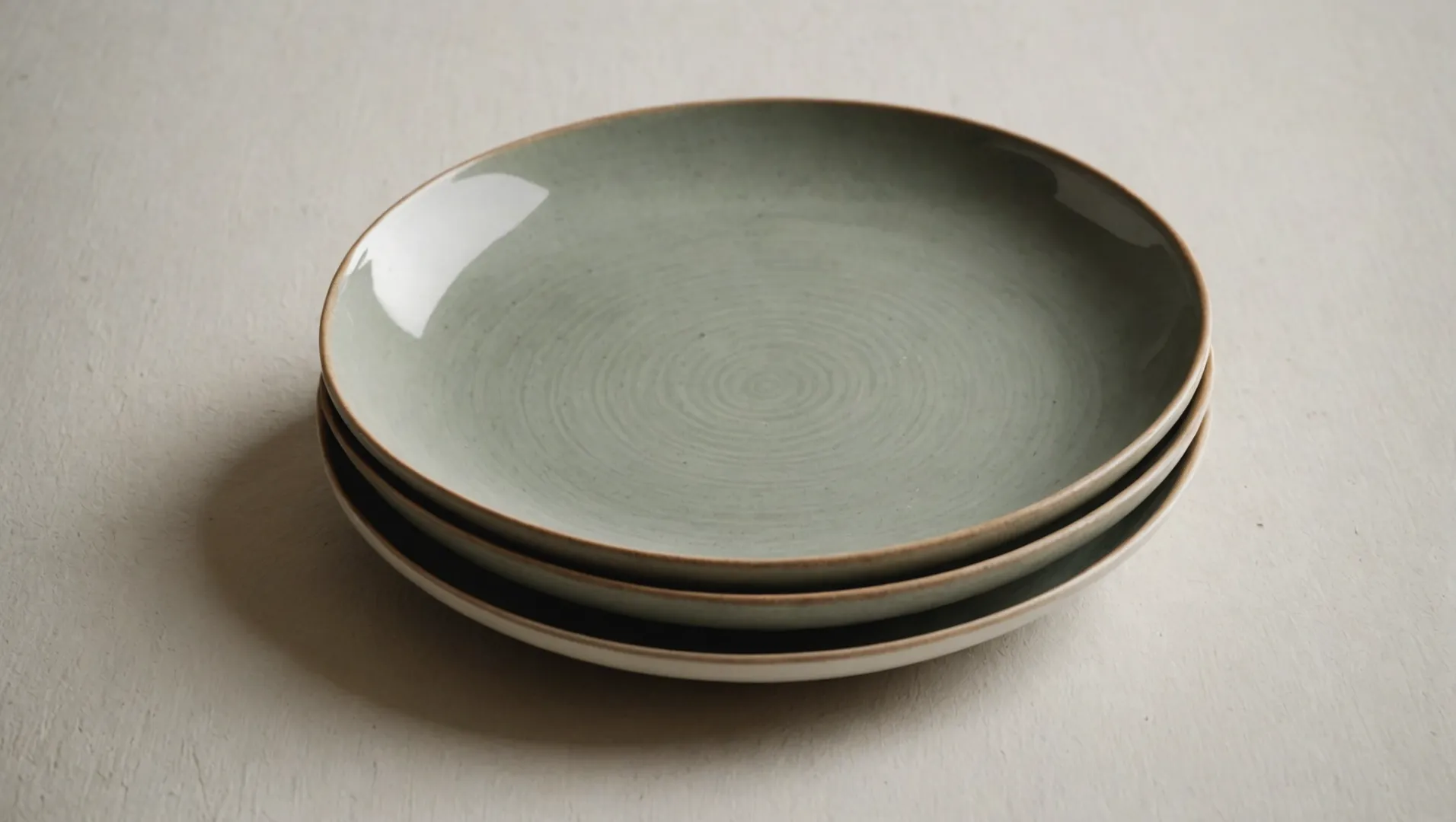
Material Composition
Porcelain is made from a specific clay called kaolin that is fired at very high temperatures, resulting in a fine, white, and often translucent material. Its smooth texture and delicate appearance make it popular for formal settings. In contrast, stoneware is created from a variety of natural clays fired at lower temperatures than porcelain, leading to a denser and more opaque finish.
| Feature | Porcelain | Stoneware |
|---|---|---|
| Appearance | Smooth, white, translucent | Dense, varied colors |
| Durability | Delicate but durable | Very robust and strong |
| Weight | Lightweight | Heavier |
Aesthetic Appeal
Porcelain’s aesthetic is synonymous with elegance and luxury. It’s often used in fine dining due to its ability to showcase food beautifully thanks to its pristine white color. In contrast, stoneware offers a more rustic charm with its earthy tones and handcrafted feel, ideal for a cozy, homey table setting.
Heat Retention and Use
Both porcelain and stoneware have excellent heat retention properties. Porcelain mugs tend to keep beverages hot for longer periods due to their thin walls and fine material composition. On the other hand, stoneware’s thicker walls provide excellent insulation, making it ideal for hearty soups or stews as well as hot drinks.
Versatility in Design
While porcelain is often associated with intricate designs and delicate patterns, modern manufacturing techniques allow for diverse styles ranging from minimalist to elaborate porcelain designs1. Stoneware’s versatility shines through its ability to be molded into a variety of shapes and sizes, often left unglazed for a natural look or adorned with simple glazes for added color.
Environmental Considerations
Both materials are eco-friendly choices. Porcelain’s production process is highly refined, reducing waste significantly. Stoneware’s natural clay composition makes it a sustainable option, often sourced locally to minimize environmental impact. Environmental impact of ceramics2 can vary based on production practices, so choosing brands with green certifications is recommended.
In summary, the choice between porcelain and stoneware depends largely on your aesthetic preference and intended use. Whether you opt for the delicate allure of porcelain or the sturdy charm of stoneware, both materials provide beauty and functionality.
Porcelain is heavier than stoneware.False
Porcelain is lighter due to its fine, thin material composition.
Stoneware is more robust than porcelain.True
Stoneware's denser composition makes it stronger and more durable.
What Are the Benefits of Using Ceramic Mugs?
Ceramic mugs are not just stylish; they offer several practical benefits that enhance your drinking experience.
Ceramic mugs provide excellent heat retention, durability, and a non-reactive surface, making them ideal for hot beverages. They are easy to clean, environmentally friendly, and come in a variety of designs to suit personal preferences.
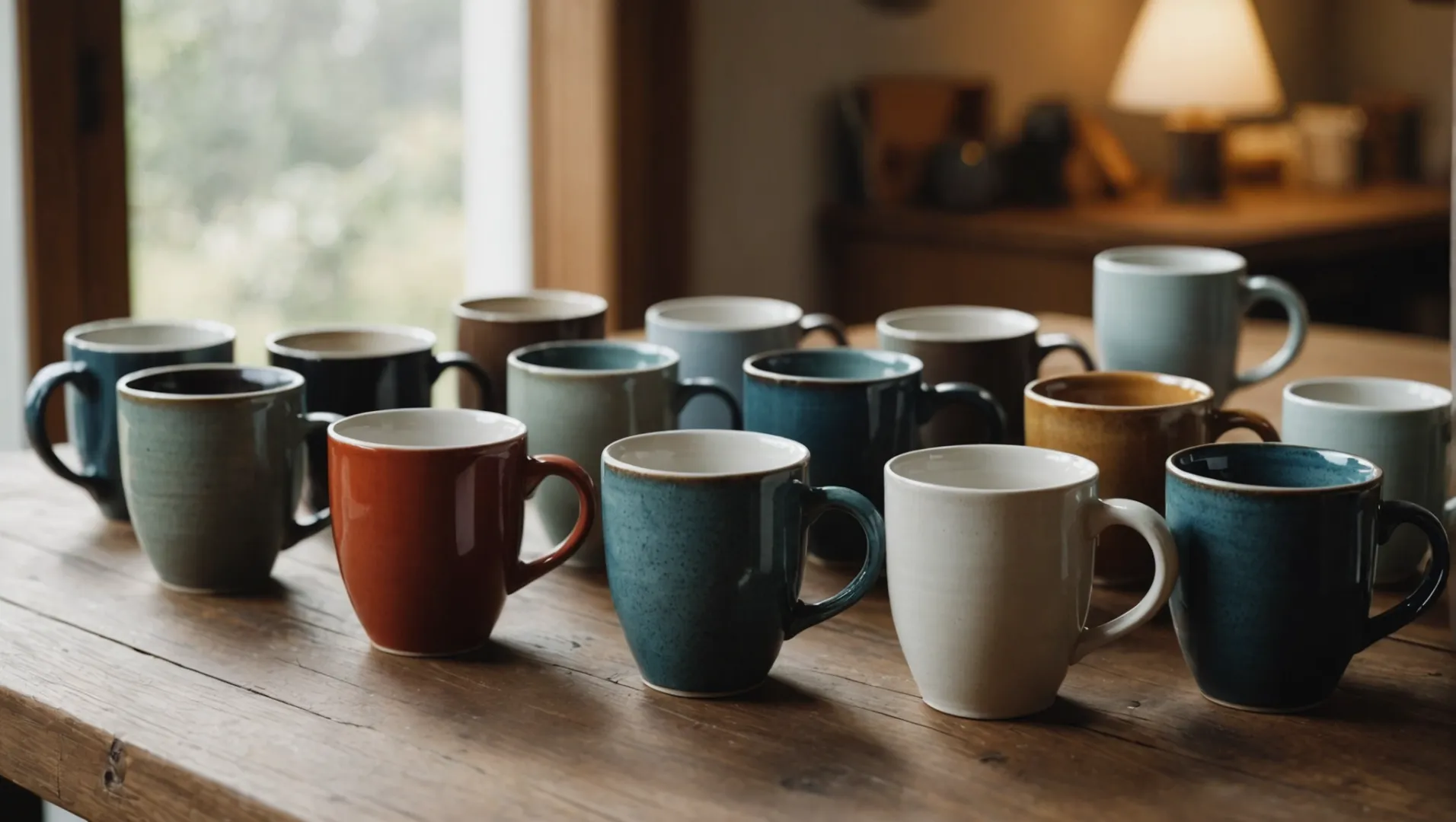
Heat Retention
Ceramic mugs are renowned for their ability to keep beverages hot for longer periods compared to other materials like plastic or metal. This is due to their insulating properties which help maintain the temperature of your drink, allowing you to savor every sip at your own pace.
Durability and Longevity
Ceramics, especially stoneware, are incredibly durable. While porcelain mugs might be slightly more delicate, both types can withstand daily use without showing wear. They resist scratching and chipping better than glass or plastic options, ensuring your investment lasts for years.
Non-reactive Surface
One of the most significant benefits of ceramic mugs is their non-reactive nature. Unlike metal mugs, ceramics do not alter the taste of your drink. This property is particularly appreciated by coffee and tea enthusiasts who value the purity of flavor.
Aesthetic Appeal and Customization
Ceramic mugs come in a wide range of designs, colors, and finishes. From elegant glazed porcelain to rustic stoneware, there’s something to match every style. Many artisans offer custom designs, allowing you to have a unique mug that reflects your personality.
Environmental Impact
Choosing ceramic over disposable cups contributes positively to the environment. Ceramics are made from natural materials like clay and are biodegradable. They also reduce waste since they are reusable and last longer than paper or plastic alternatives.
For those interested in exploring the environmental impact of ceramics3, understanding how ceramic production aligns with sustainable practices can be enlightening. Similarly, learning about ceramic customization4 options can inspire you to choose a mug that’s both functional and personally meaningful.
Ceramic mugs retain heat better than metal mugs.True
Ceramic's insulating properties maintain beverage temperature longer.
Ceramic mugs are more reactive than metal mugs.False
Ceramics are non-reactive, preserving the drink's flavor.
Is Stoneware More Durable Than Porcelain?
When choosing between stoneware and porcelain, durability is a key factor to consider for your tableware needs.
Stoneware is generally more durable than porcelain due to its thicker, denser structure, which makes it resistant to chipping and cracking. However, porcelain offers a delicate elegance and superior heat retention, making it ideal for fine dining and aesthetic appeal.
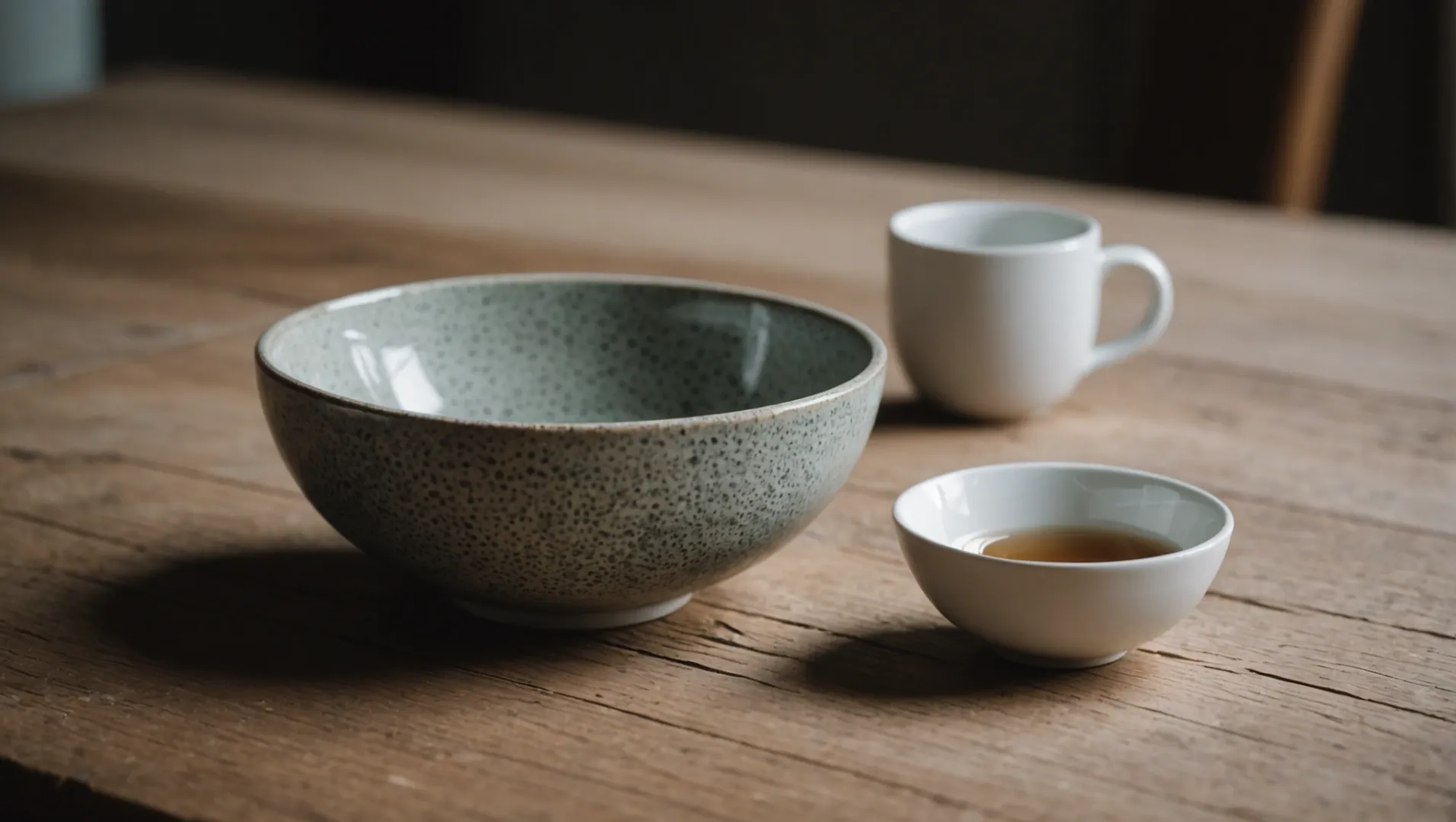
Comparing Material Composition
Both stoneware and porcelain are types of ceramics, but they differ in composition and firing temperature. Stoneware is made from a mix of clay and non-clay minerals, fired at high temperatures (around 1200-1300°C). This results in a dense, opaque product that’s durable and robust5.
Porcelain, on the other hand, is made from refined clay like kaolin and fired at even higher temperatures (1300-1400°C). This process creates a translucent material known for its delicate appearance and high heat resistance.
Durability Factors
-
Density and Thickness: Stoneware’s denser and thicker body makes it less prone to chipping and breaking, ideal for everyday use. In contrast, porcelain’s thinner structure can be more fragile.
-
Resistance to Heat: While both materials are heat resistant, porcelain retains heat better, which is beneficial for keeping beverages warm but may require careful handling to avoid thermal shock.
Practical Considerations
-
Everyday Use: For those seeking everyday resilience, stoneware is often preferred due to its ability to withstand regular wear and tear without losing its charm.
-
Aesthetic Appeal: Porcelain is favored in settings where elegance and finesse are desired. Its fine texture and gloss make it a popular choice for formal dining.
| Feature | Stoneware | Porcelain |
|---|---|---|
| Durability | High, less likely to chip | Moderate, can chip more easily |
| Heat Retention | Good | Excellent |
| Aesthetic | Rustic charm | Elegant and delicate |
Understanding these characteristics can guide you in choosing the right material for your needs. Whether you prioritize durability or elegance, knowing what each offers will help you make an informed decision.
Stoneware is more chip-resistant than porcelain.True
Stoneware's dense structure makes it less prone to chipping.
Porcelain retains heat better than stoneware.True
Porcelain's refined clay composition allows superior heat retention.
What Should You Consider When Making Ceramic Mugs?
Creating the perfect ceramic mug requires careful consideration of materials, design, and functionality to meet both aesthetic and practical needs.
When making ceramic mugs, consider material choice, design purpose, handle comfort, glaze type, and firing temperature. These factors influence durability, aesthetic appeal, and usability, ensuring your mugs are both functional and beautiful.
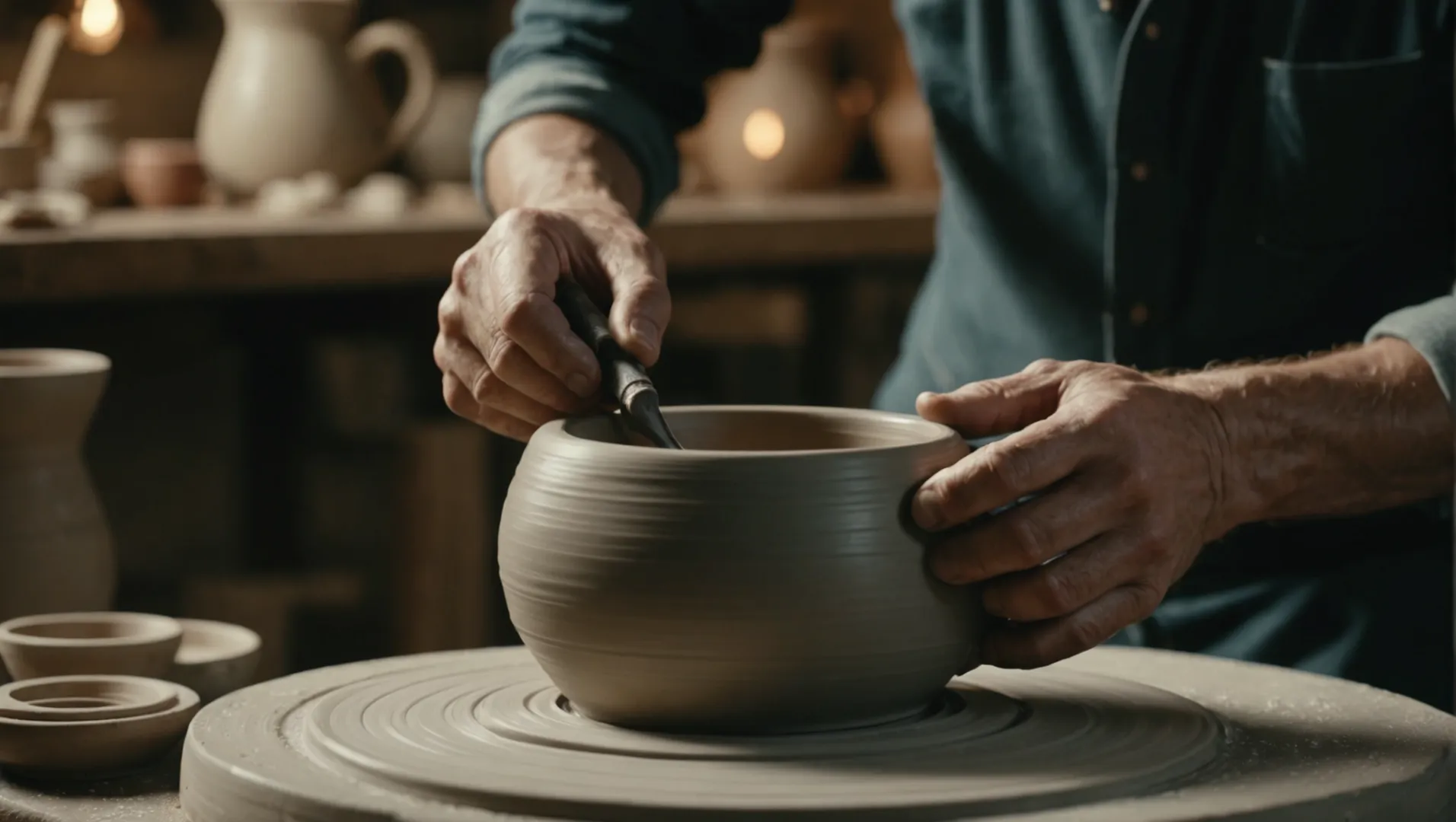
Choosing the Right Material
The type of clay used in creating ceramic mugs greatly influences their final properties. Porcelain6 is celebrated for its delicate appearance and excellent heat retention. It’s ideal for those who appreciate a refined drinking experience. Alternatively, stoneware7 offers a more robust construction, perfect for everyday use due to its durability and thicker walls. Both materials allow for a variety of finishes and colors, catering to diverse aesthetic preferences.
Design Purpose and Aesthetics
Understanding the intended use of your mugs is crucial in guiding design decisions. Are they for everyday use or special occasions? Mugs with intricate designs or unique glazes may serve better as decorative pieces or gifts, while simpler designs might be preferable for daily use. Consider integrating personalized elements or unique shapes to stand out.
Handle Comfort and Ergonomics
The handle of a ceramic mug should not only be aesthetically pleasing but also comfortable to grip. An ergonomically designed handle ensures that the mug is easy to hold even when filled with hot liquid. The balance between the mug’s weight and handle placement can significantly enhance user experience.
Glaze Type and Finishing
Selecting the right glaze is essential to the mug’s appearance and functionality. Glossy glazes offer a sleek finish but might show scratches over time, whereas matte glazes provide a modern look with reduced glare. Food-safe glazes are imperative to ensure safety during usage.
Firing Temperature and Technique
The firing process can affect the strength and texture of the ceramic mug. High-temperature firing often results in stronger, more durable mugs that are less likely to chip or crack. This process also influences the vibrancy and finish of the glaze.
When considering these elements, it’s essential to balance practicality with personal style to create mugs that are both beautiful and functional. Incorporating sustainable practices, such as sourcing local materials or utilizing eco-friendly glazes, can further enhance the value of your ceramic creations.
Porcelain mugs are more durable than stoneware.False
Stoneware is generally more robust and durable than porcelain.
High-temperature firing strengthens ceramic mugs.True
Firing at high temperatures increases the strength and durability of ceramics.
Conclusion
Ultimately, choosing between porcelain and stoneware depends on your preferences for style, durability, and heat retention. Consider your daily habits and aesthetic desires to select the mug that best enhances your coffee rituals.
-
Explore how porcelain designs can enhance aesthetic appeal.: Each minimalist piece is handmade using a slab building technique and the edges are delicately engraved with a small cutter. S. Select options · Tornado – 0 0 0 … ↩
-
Learn about the sustainability practices in ceramic production.: The short answer is no, ceramics is bad for the environment, and in many different ways. Mining: Like any type of manufacturing, ceramics requires raw material … ↩
-
Learn how choosing ceramic reduces waste and supports sustainability.: So the carbon footprint of a mug is dramatically lower than that of a paper cup. Material Waste from Paper Cups and Mugs. It may surprise you to … ↩
-
Discover ways to personalize your ceramic mug collection.: Black Oak Art offers a curated selection of stoneware mugs that can be customized to feature your logo, artwork, or any design of your choice. ↩
-
Explore the detailed differences in durability between stoneware and porcelain.: Stoneware is more durable because of the clay’s natural flexibility and the additional moisture used in the manufacturing process. The majority … ↩
-
Discover why porcelain is favored for its elegance and heat retention.: It has a smooth and resistant surface, it won’t absorb grease, odours or bacteria, and will not alter the taste of food – the guarantee of perfect hygiene, … ↩
-
Learn about stoneware’s durability and rustic appeal.: Porcelain stoneware surfaces are easy to clean and disinfect, impermeable, soft and pleasing to the touch. One disadvantage could be the greater weight of … ↩
